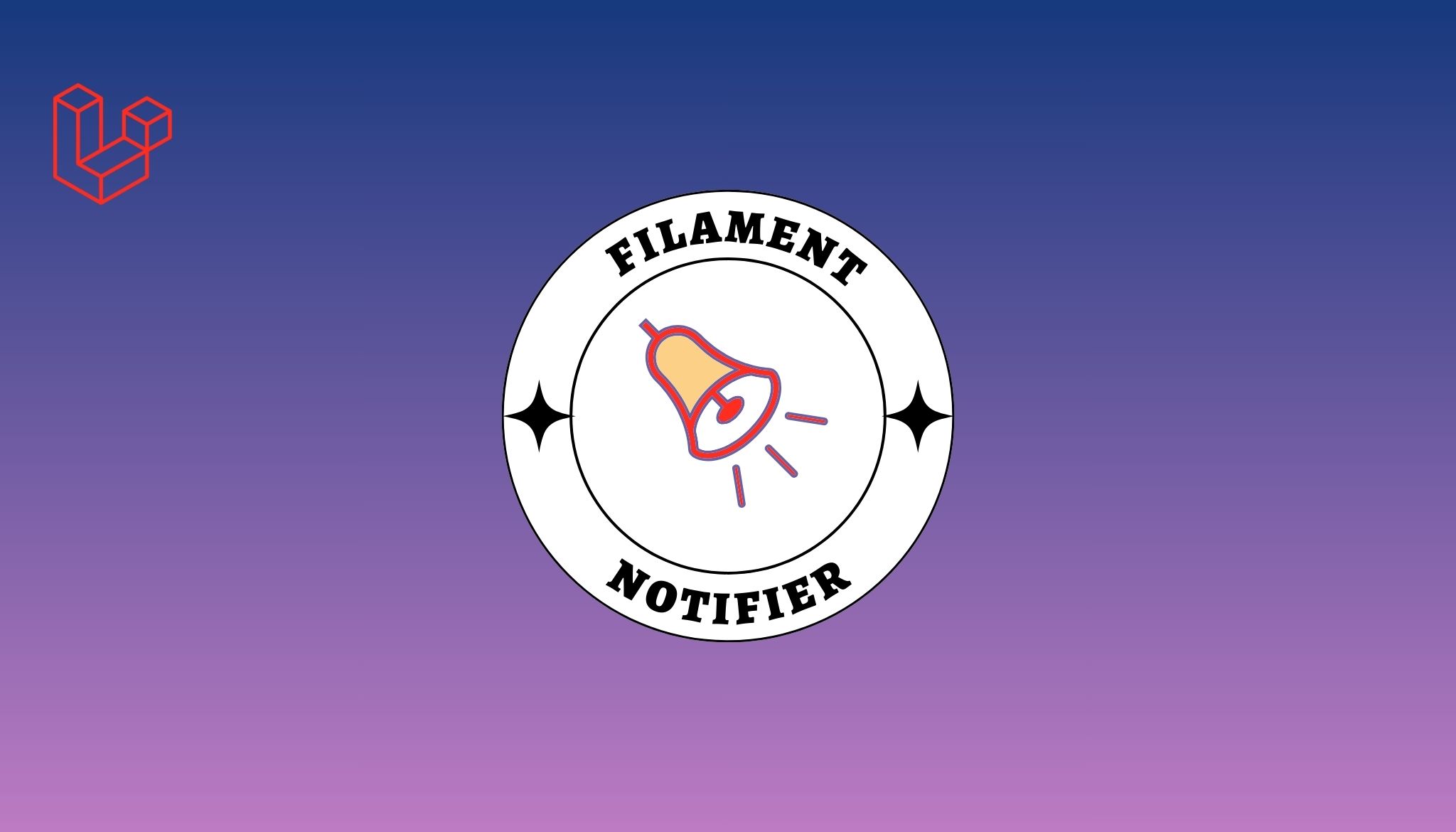A content management system (CMS) is an easy way to make a website. In simple words, you don’t need to be a master at coding to do so. If you are in a situation where you need to create a large website with multiple pages, or even if you are someone who wishes to make changes over time, then CMS is probably the best option for you. It will allow you to conveniently make changes such as edit pages, publish ones, add an online store, etc.
Following are some reasons why a CMS might be a great and easy tool to make a website, along with the types of CMS which might be useful for you.
You Don’t Need it, But it Helps:
Making a website can be hard and take long hours with lots of brain power. Traditionally, websites are made with stacks upon stacks of codes, but if you use a content management system for making a website, it will be much easier, and you don’t need to be a tech wizard to do all of this. It’s a great tool for building a website, especially if you’re a beginner.
Makes Editing & Updating Easy:
If you were to edit and tweak something on a website through coding, it would take many commands, prefixes, and manipulation. With a web content management system (WCMS), the editing features make it so easy to change anything around a website and take remarkably less time.
CMS Costs Less:
A content management system costs you a fraction of what making a website traditionally would cost. It’s a great way for small businesses to make their websites. You don’t need to start from the ground up with a content management system. Everything is ready for you; you can make a website, design it, and update it faster than you can code.
Everything is Included in CMS:
If you’re starting a business and want a digital presence, you might need a top-notch website and social media management. Everything has to be made for websites built from scratch or through coding. Permissions, file uploading abilities, backend commands, programs, etc. With CMS, however, everything comes in the form of templates, so you can pick and choose whatever you like.
While traditional ecommerce platforms provide a complete end-to-end solution, a headless ecommerce CMS allows for greater flexibility and customization. With the ability to choose from a wide range of templates, a headless ecommerce CMS allows businesses to tailor their online stores to their unique branding and user experience needs while also leveraging the latest technologies and integrations.
Types of content management systems:
- Open Source CMS:
Some common examples of open-source CMS include WordPress, Drupal, Joomla, etc. They are free software you can download, but you have to pay for modifications later on, like customization, support, etc.
- Proprietary CMS:
Proprietary/Commercial CMS is a system made by a singular company, and users can benefit from it by purchasing a license for use. Microsoft SharePoint, Shopify, and Kentico are some of the prominent examples. - SaaS CMS:
It’s also known as Cloud CMS, and this system offers users to buy subscriptions based on use or the number of websites being hosted. The main cost of these systems includes the storage and transfer of data.
Once you make a website with a CMS, there is no going back. It is easier, more controllable, and has a beginner-appropriate interface, so making a website is no longer rocket science.



